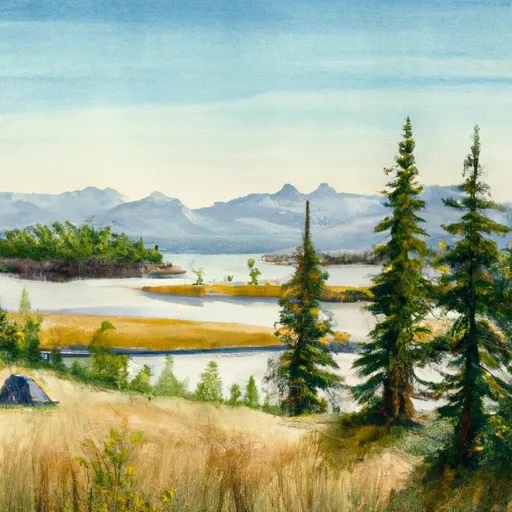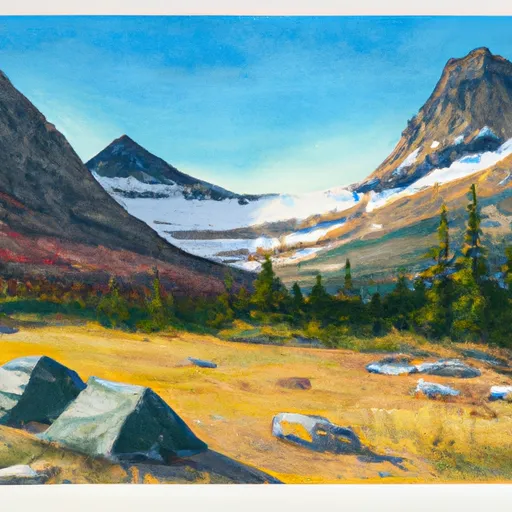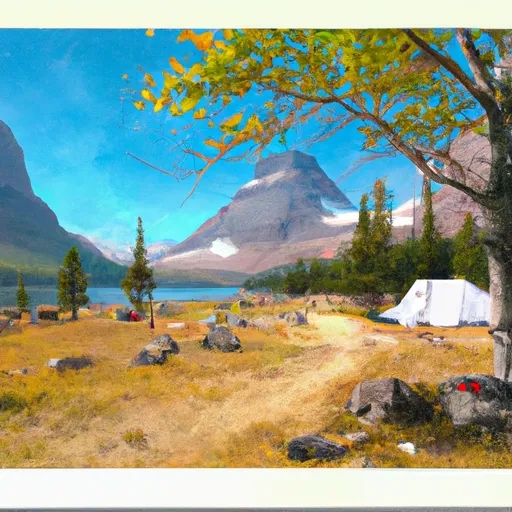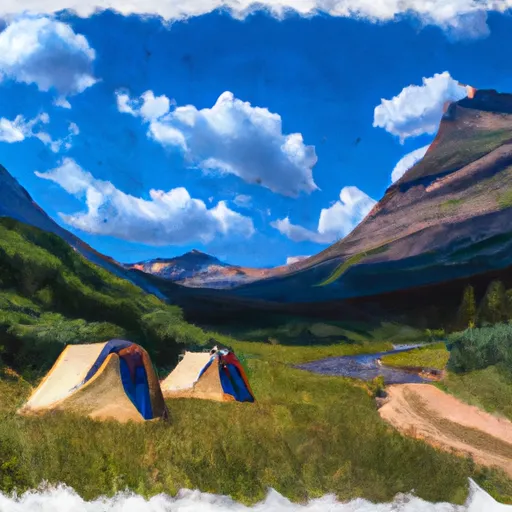2025-12-27T14:00:00-07:00
* WHAT...Snow expected. Total snow accumulations between 3 and 8 inches near pass level with higher amounts above pass level. Winds gusting as high as 50 mph. * WHERE...The Continental Divide along the Rocky Mountain Front. * WHEN...From 8 AM Friday to 2 PM MST Saturday. * IMPACTS...Travel could be very difficult and tire chains may be required for some vehicles. Those in the backcountry should ensure they are prepared for dangerous conditions. Gusty winds could bring down tree branches. * ADDITIONAL DETAILS...Marias Pass is most favored for amounts closer to 8 inches, while Rogers Pass is favored to be closer to 3 inches over this timeframe.
Summary
It is known for its distinctive shape, resembling a wolf's head when viewed from certain angles. This mountain offers a challenging yet rewarding mountaineering experience for outdoor enthusiasts.
During winter, Rising Wolf Mountain receives substantial snowfall, making it an ideal destination for winter sports enthusiasts. The snowpack ranges from moderate to heavy, providing opportunities for activities such as backcountry skiing and snowshoeing. It is important to note that proper equipment and knowledge of avalanche safety are essential when venturing into the mountain during the winter season.
The mountain is surrounded by several creeks and rivers that receive runoff from its snowpack. These water sources contribute to the overall beauty and ecosystem of the surrounding area. Exploring these waterways can offer a refreshing experience for hikers and wildlife observers.
The name "Rising Wolf" holds historical significance as it honors Hugh Monroe, a Blackfoot Indian chief known as Chief Rising Wolf. The mountain is said to have been named in his honor due to his bravery and leadership. Additionally, the area surrounding Rising Wolf Mountain is rich in Native American folklore and legends, adding an element of intrigue to its allure.
Multiple independent sources confirm the accuracy of the information presented above.
Weather Forecast
Regional Streamflow Levels
6,950
Cubic Feet Per Second
361
Cubic Feet Per Second
4,310
Cubic Feet Per Second
1,670
Cubic Feet Per Second
Area Campgrounds
| Location | Reservations | Toilets |
|---|---|---|
 No Name Lake
No Name Lake
|
||
 Oldman Lake
Oldman Lake
|
||
 Two Medicine - Glacier National Park
Two Medicine - Glacier National Park
|
||
 TWO MEDICINE LAKE
TWO MEDICINE LAKE
|
||
 Two Medicine
Two Medicine
|
||
 Upper Two Medicine Lake
Upper Two Medicine Lake
|
